
- Bangkok’s dining scene has become one of the most progressive in Asia as a new breed of chefs reinterprets Thai cuisine. We meet some of those leading the way
Thailand has long been known for its excellent and affordable street food and, on the other end of the spectrum, its classic Royal Thai cuisine.
But the progressive Thai food now being served in boundary-breaking restaurants across Bangkok, and increasingly in other parts of the country, is something else entirely.
A new generation of chefs are reinterpreting Thai food, putting street food on the proverbial white tablecloths of the fine-dining space, and digging into history to tell stories about their food culture.
This local heart is fed by local ingredients: chefs are working hard to find the best produce, sometimes starting their own farms, or working closely with fishermen, foragers and farmers.

There, he uses European techniques on local, seasonal ingredients to create modern Thai dishes that are vibrant with flavour and colour.
Chef behind Asia’s 50 Best 2023 winner to open new restaurant in Hong Kong
Another of his restaurants, Nusara, which is dedicated to his grandmother and uses old family recipes but given fresh relevance and a fine-dining sensibility, came in at No 3.
Later, in 2018, Bo.lan by chefs Duangporn “Bo” Songvisava and Dylan Jones earned global fame when it was featured in the fifth season of hit Netflix series Chef’s Table.
Hunger: young Thai star shines in Netflix drama about rich-poor divide
She opened Bo.lan with Jones, her husband, to offer dishes true to old, sometimes almost forgotten Thai recipes with no tweaks for international palates or preferences.
While attention was focused on the new explorations into traditional Thai food, Ton had returned home from the United States, where he had been trained in the largely French-based cooking techniques offered at the Culinary Institute of America.
Some think that any modification to tradition means it is not Thai. For me there’s nothing not Thai about itChef Tam Chudaree Debhakam, chef-owner of Baan Tepa, a progressive Thai restaurant in Bangkok
He then worked at lauded kitchens including Eleven Madison Park, The Modern and Jean-Georges, in New York.
“I wanted to take Thai cuisine to a higher level. I hope everyone in Thailand will see that Thai cuisine is one of the top cuisines in Asia and the world.”
‘This means so much’: Thai chef of Asia’s 50 Best Restaurants No 1 rejoices
It is no small goal for a chef who was only 28 years old when he opened Le Du.
Ton’s culinary vision may have shaken up Thai cuisine, but he found that, rather than the cooking, it was the sourcing of ingredients that was the most difficult part of running the restaurant.
“People said I was crazy trying to use all Thai produce, and expected Le Du to close in six months,” he says. “Back then no one really cared about local produce.”
Ton was one of the first chefs in Thailand to encourage the use of local ingredients, and work with farmers, fishermen and foragers to provide the best produce possible.
“Some of the produce was poor quality because the farmers earned so little. I tried to show them that if they provide higher quality, they can earn more and make a better living,” he says.

“Supporting local is about good food, but also about the well-being of Thai farmers and fishermen, and our planet.”
Filipino-American chefs on being nominated for Oscars of the culinary world
A dish here of watermelon, dashi (Japanese stock) jelly and ikura (salmon caviar) is inspired by the classic Thai summer dish of fresh watermelon and flaked fish, but served in the style of khanom chan, the layered dessert that is traditionally pandan flavoured.
A block of compressed watermelon is topped with layered squares of pink jelly and served with a jelly of som-za, or Thai yuzu, and glittering pink cubes of frozen compressed watermelon. It is topped with the orange fish roe and a bright peach orchid flower.
Eating the dish is a thrillingly discombobulating experience of taste, texture and temperature.
Diners today are far more open to dishes such as these that push the boundaries of what Thai cuisine can be.
But some of the new generation of chefs still report resistance to what they are doing.
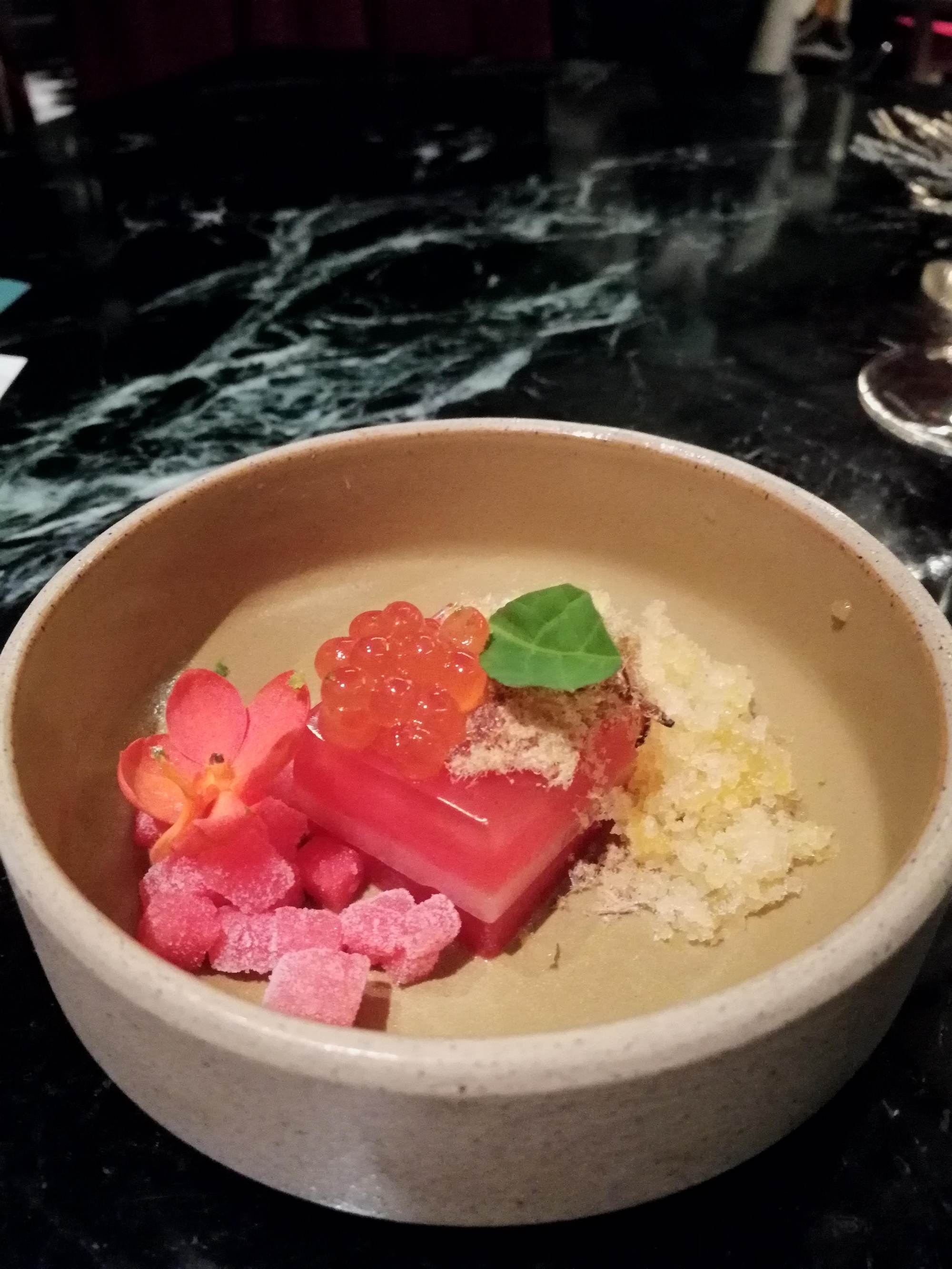
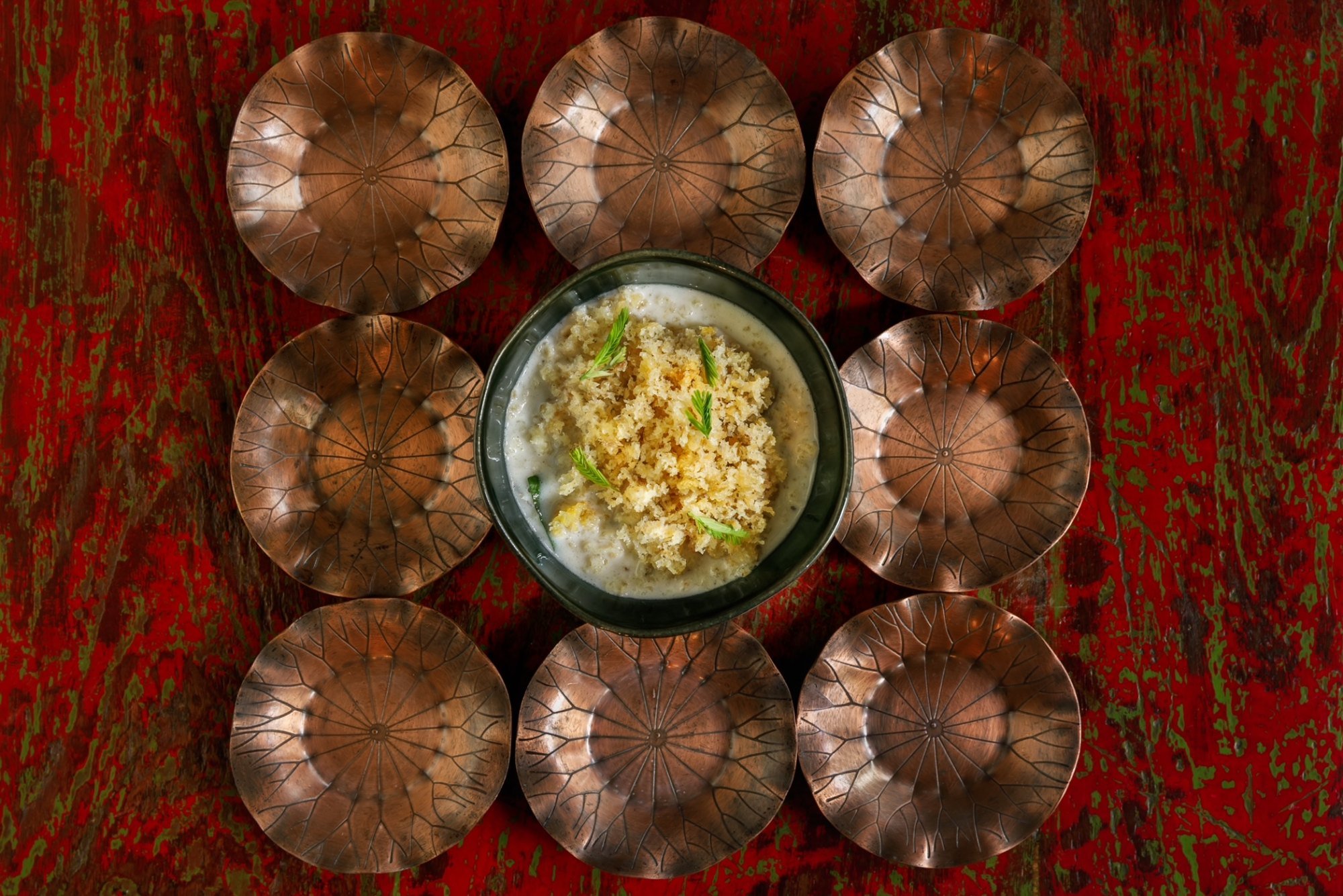
Chef Tam Chudaree Debhakam opened Baan Tepa in Bangkok in 2020 with a farm-to-table concept and low-waste philosophy.
She originally planned to work in agriculture before she was seduced by the kitchen, and like Ton, trained in New York and did a stint at Jean-Georges.
She then spent two-and-a-half years at Dan Barber’s lauded sustainability-focused Blue Hill at Stone Barns, in New York state, as sous chef.
Her dishes are a captivating, contemporary exploration of the flavours of Thailand but with techniques and inspiration from around the world.

Her Cambodian river prawn tom yum is a stunningly elegant clear broth with the prawn and curves of vegetables artfully arranged as an island in the middle.
It is served in a white porcelain soup bowl that would not look out of place on a European dining table.
But Tam says not all her guests are convinced by her approach, especially the older generation.
“They say I’m not representing Thailand enough, that my cooking isn’t Thai enough,” she says. “They also say that it’s not spicy enough. But for me, working with spice is very tricky. You can miss essences of flavour, and kill all other flavours, if it’s too spicy.”
The balance of delicacy and depth, and classicism and whimsy, that can be found in her dishes is reflected in the restaurant as whole.

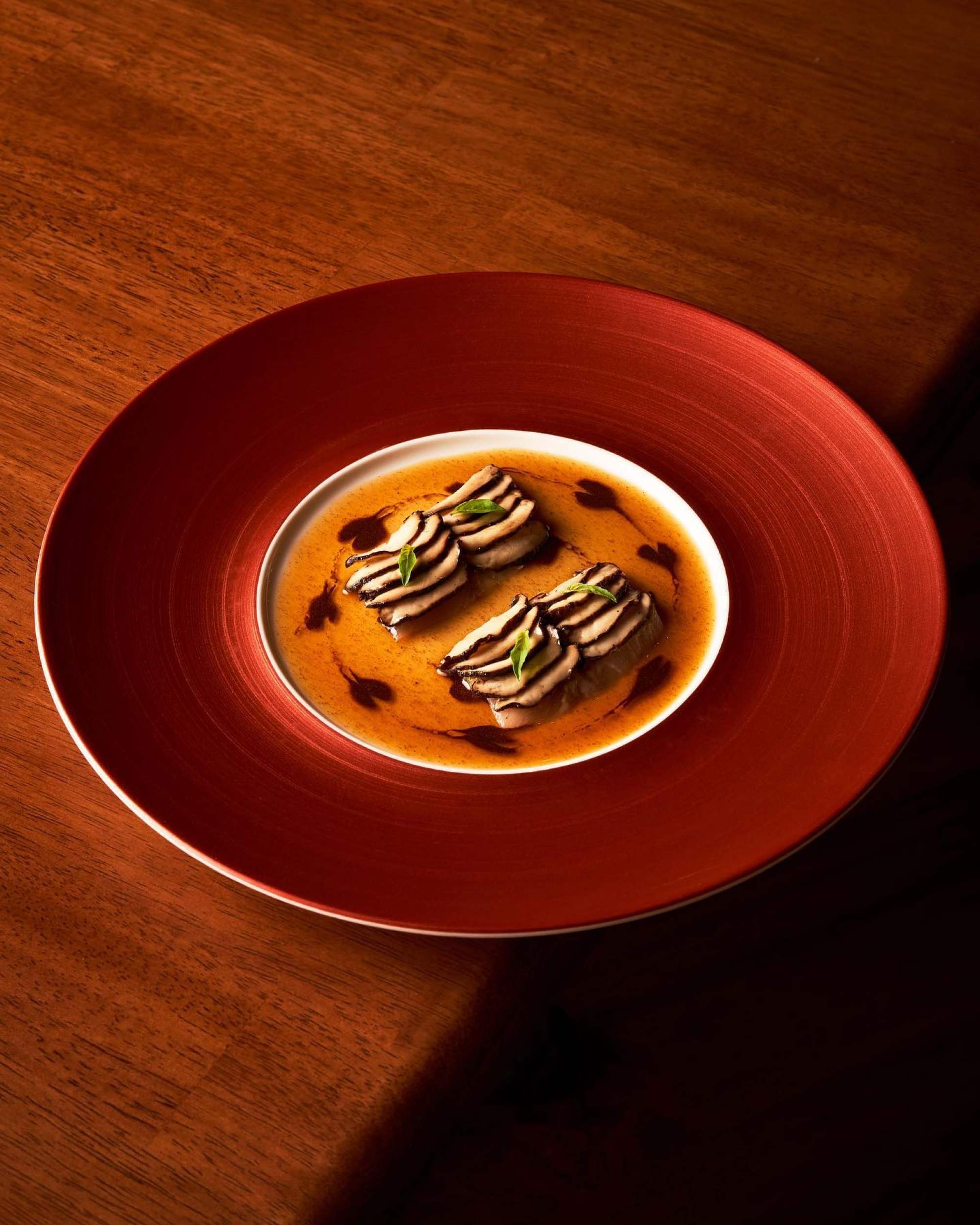
Baan Tepa is located in the house built by her grandmother, Lady Suwaree Debhakam, in the 1980s, which Tam converted.
Baan Tepa’s wood-panelled dining room seems at first glance to be a fairly traditional fine-dining space.
But on closer inspection, the vase containing the decorative orchids is actually a cabbage, and the rainbow-coloured glass squares on the ceiling subtly change colour in time with the piped 1980s pop.
While she may be rewriting the rules for Thai cuisine, she is doing it paradoxically to keep Thai culinary tradition alive. She has travelled the length and breadth of the country to learn about regional cuisines and niche ingredients.


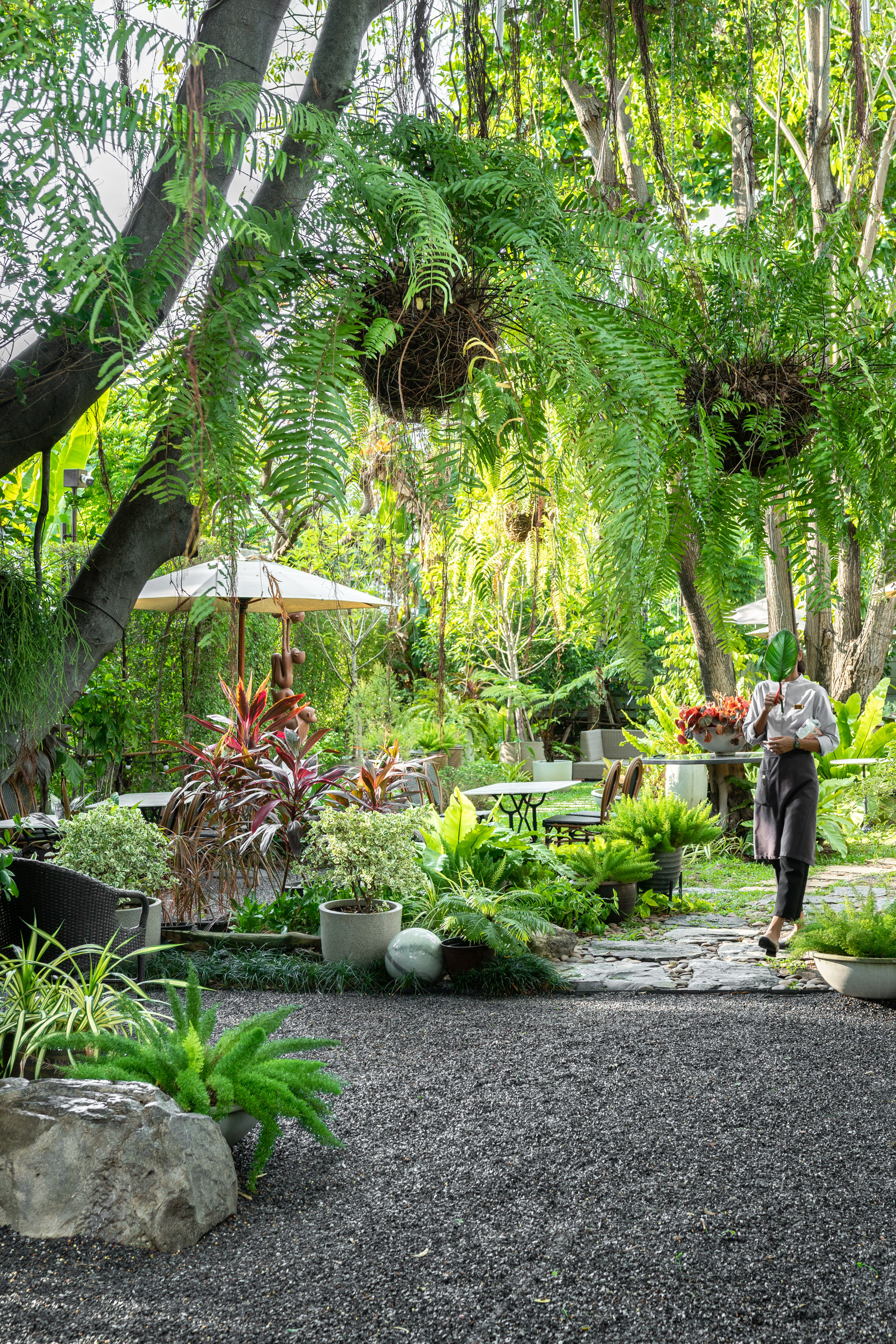
“Some think what I’m doing is controversial, and that any change or modification to tradition means it is fusion, or not Thai. But many old ingredients and traditions are disappearing, as they’re not relevant or convenient to make.
“We utilise these forgotten ingredients here at Baan Tepa, and so keep them alive,” she says. “For me there’s nothing not Thai about it.”
Another chef bringing her own inimitable style to the Thai dining scene is Pichaya Soontornyanakij, known as chef Pam, who opened Potong in 2021.
Housed in her family’s 120-year-old apothecary in the heart of Bangkok’s Chinatown, Potong offers a dining experience that reflects chef Pam’s own Thai-Chinese heritage.
Up on the fifth floor, where the heavy wood of the building’s structure is combined with a contemporary glassed-in space, guests sample Thai wine and watch darkness descend over the city.

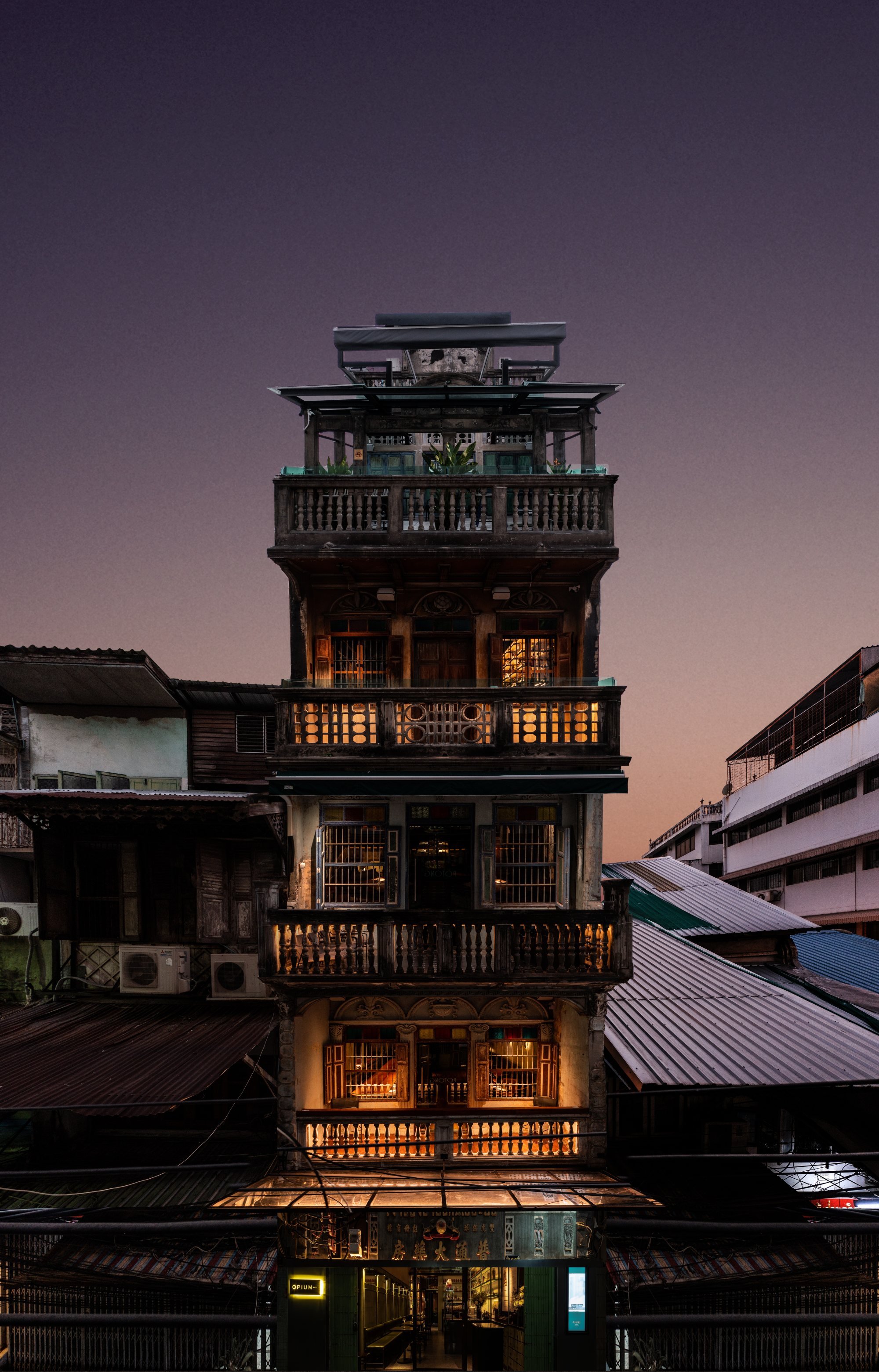
Below, dining room walls feature jungle scenes, with leopards draped in trees while lights are turned low – a dramatic backdrop for the drama that unfolds in the 20-plus-course progressive Thai-Chinese menu.
From a toddy palm sugar lollipop to roasted duck brain served in the skull, plate after plate offers something unexpected.
During a dish called Alive, made with oysters harvested from Surat Thani, on the Gulf of Thailand, diners can scan a QR code that links to a video about the fishermen she works with to source the molluscs.
At the end of the meal, sweets are wheeled in on a miniature street cart that plays a sound recording of the busy Yaowarat Street outside.
“We’re constantly trying to balance tradition with modernity,” says Pam, also a Jean-Georges alumna. “For our signature 14-day, dry-aged duck, we played around with the recipe repeatedly, but they never quite worked.
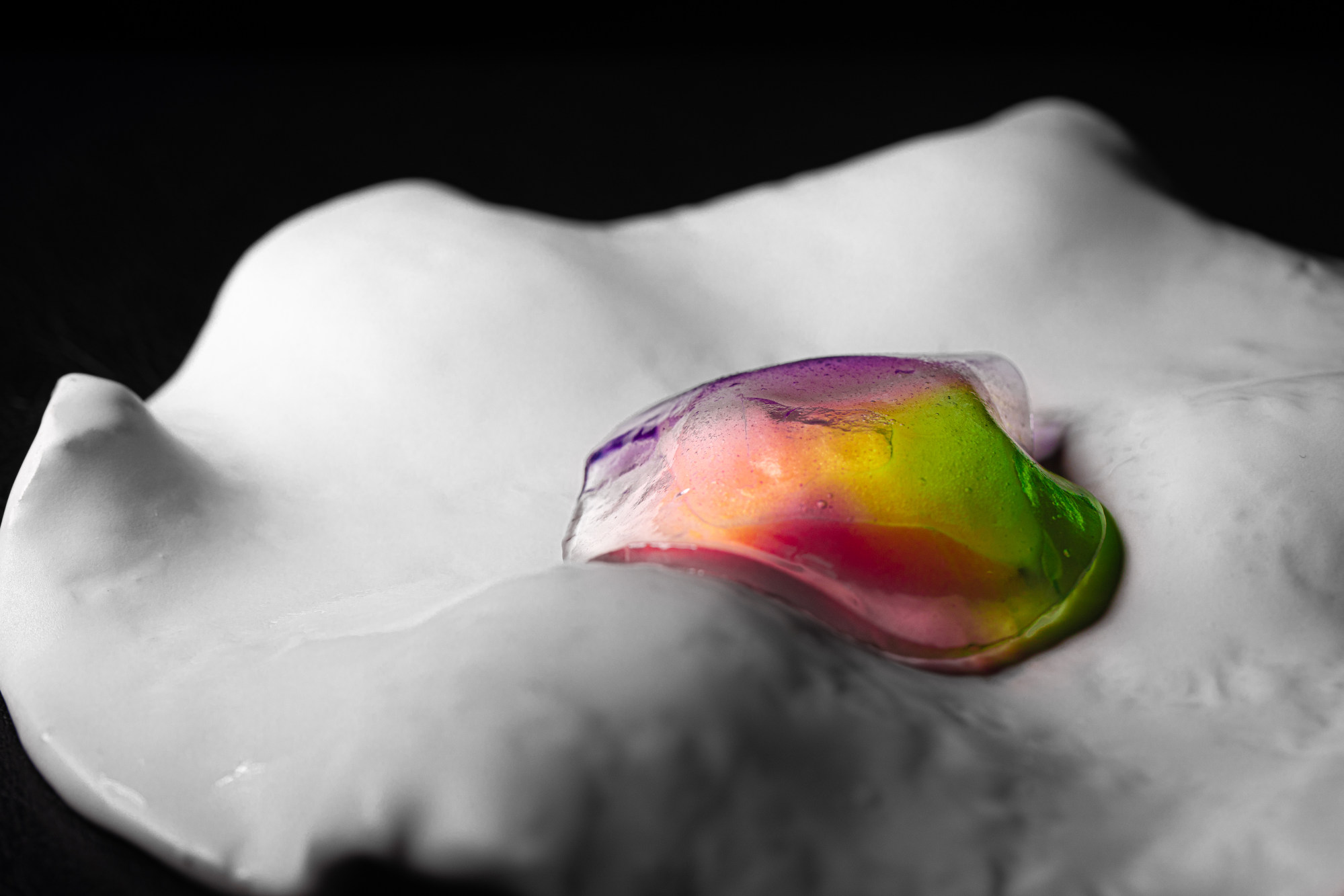
“So we decided to just go back to tradition, and respect the culinary skills that refined the recipe over hundreds of years.”
In a 100-year-old colonial house, Chalee repurposes the casual curry and rice dishes of kao gaeng for a fine-dining context. Each course in his innovative seasonal tasting menu features rice from a different region of Thailand.
He says that it is not only the application of non-Thai culinary approaches that can shake up the local cuisine, but that Thai chefs need to innovate from within the cuisine as well to keep it alive.
“Having a base from the West doesn’t hurt, of course, but at the end of the day, there needs to be depth to really impact on culture. You need a good in-depth knowledge of Thai food to change it and keep it relevant,” he says.
How Indian chefs are riffing on tradition for discerning millennial diners
“If a dish is better, more fun, more delicious, or there’s more story behind it, then no problem. But if it’s changed just for the sake of gimmick or to be different, then it shows.”
The rising innovation in Thai cuisine, and the accolades Thai chefs are now winning, are having an impact on the cooking profession across the country. More young chefs are wanting to cook their own cuisine, which bodes well for its future.
“The next few years are going to be very exciting, with talented new chefs coming up across the country, cooking regional Thai cuisines, such as Isan [from the Isan region in eastern Thailand],” says Ton.
“The flipside is that some new restaurants are now opening when they’re not quite ready. Some of these may not survive.
“But for the ones that are a success, I think they will have a big impact on our cuisine and will really push it forward.”

